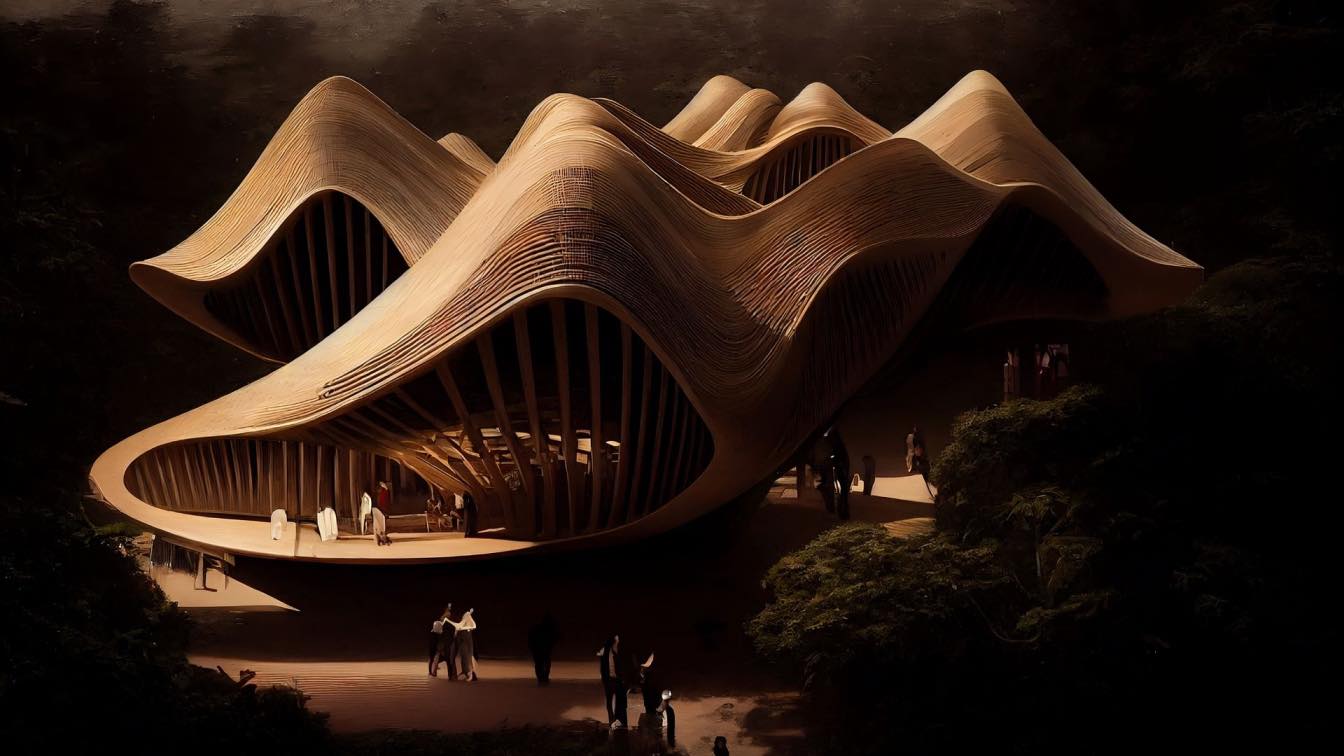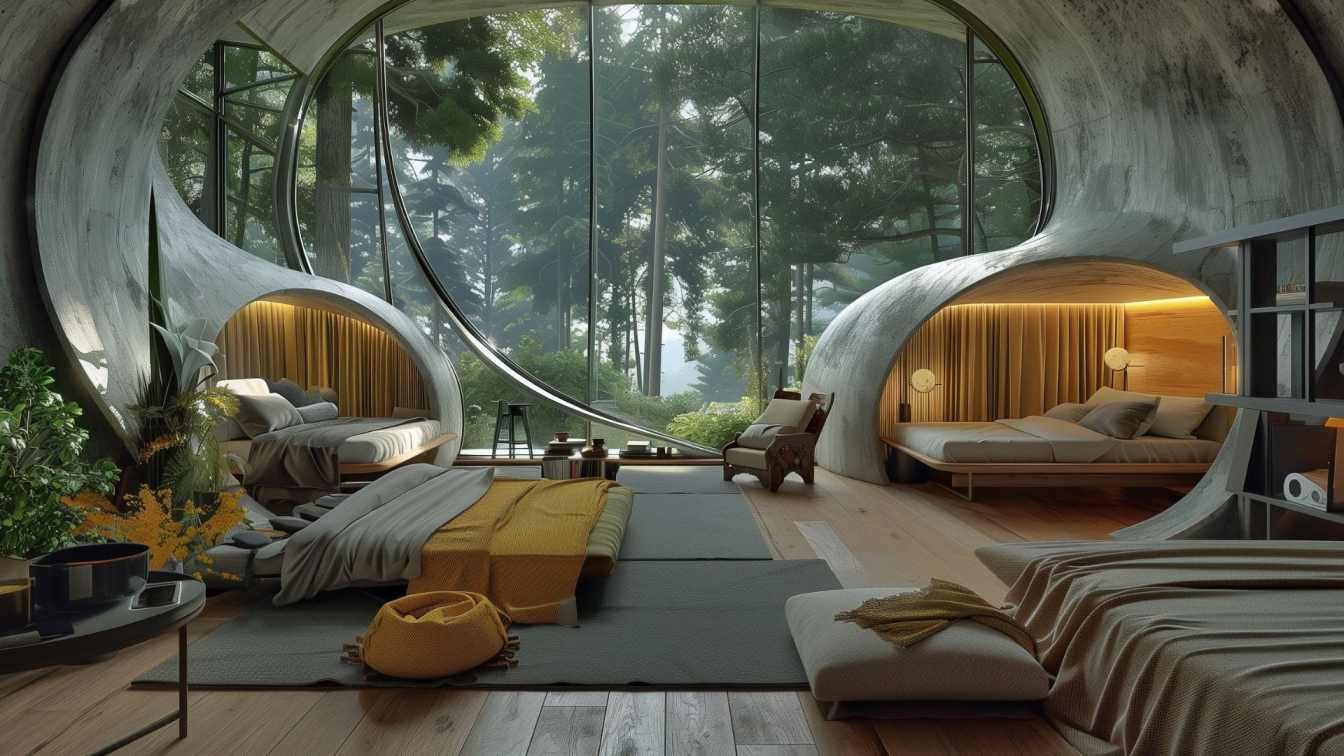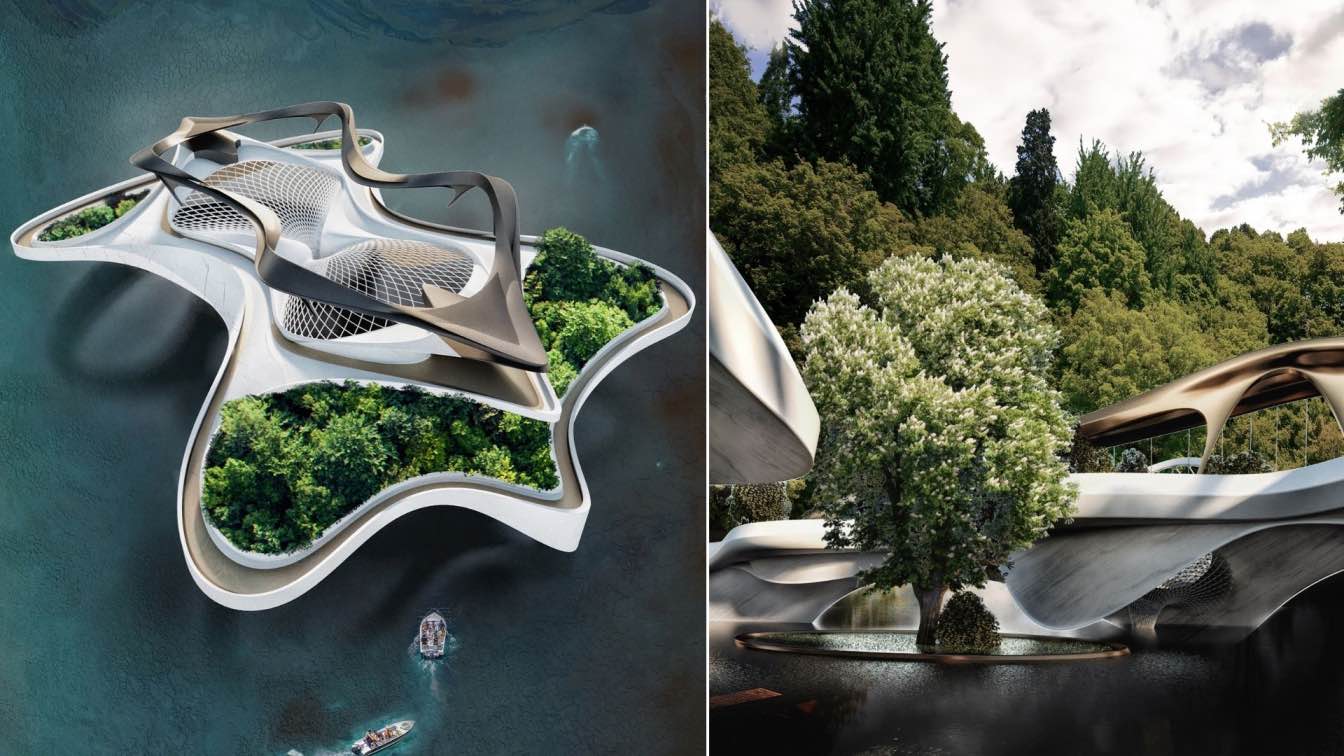AI has made its way into the workflows of Architecture studios. Image generation tools like Midjourney and Dall-E have taken the industry by storm. The question now is: Can AI help Architects to achieve Sustainability?
Monish Siripurapu, the founder of Ant Studio in Delhi, has been actively using popular AI tools like Midjourney, Dall-E and Stable Diffusion to visualise and build architectural ideas that take inspiration from traditional building materials and techniques. Ant Studio is a practice committed to creating sustainable designs that seamlessly blend art, nature, and technology.
Since the studio’s inception in 2010, the studio's design philosophy prioritises material exploration and eco-friendly practices through the integration of technology. The studio aims to push the boundaries of sustainable architecture with technologies such as computational design and AI. The architect has begun integrating Midjourney into his studio and believes that AI has a crucial role in architecture and design.

“We have been using Midjourney to create concept presentations to communicate the design to the client, as well as to refine our own designs. We see AI, not as Artificial Intelligence but ‘Augmented Intelligence’– a tool to be used to refine our ideas further.”
With the initial sketches as the base, the architect used AI tools to generate renders to create the “AI Sketch”. Once the client gave the green light, the studio set to work with full force.
“It is the initial conceptualisation that takes the maximum effort and continuous back-and-forth between the designer and the stakeholder. AI comes to the rescue here, as a quick and efficient communication tool. It saves a lot of time and we can focus better on the more critical aspects of the project.”
Recently, the architect used Midjourney to visualise and explore different design concepts for a sustainable built space for an upcoming restaurant project.
“The restaurant has a natural material palette– bamboo, timber, thatch, and local stone. It is crucial that the design reflects the sustainable and eco-friendliness of the project.”

Using Midjourney, Monish was able to create design options for the restaurant and experiment with different aspects of the design in real time. He could easily test the arrangement of bamboo poles, the pattern of the thatched roof, different lighting options and the use of local stone in the walls.
But it doesn't end there. The architect is going beyond the idea of image creation and using computational tools like rhino and grasshopper to further develop the visuals in the form of drawings and 3D models, in order to be able to fabricate and actually build the restaurant.
“We believe that the real potential of AI lies in its efficiency in computation. If we think about it, a crucial aspect of achieving sustainability is to manage our energy consumption effectively. If we convert this into a problem of effective data management and use that outcome to inform our designs…”
But it's not as simple as it looks. That is a lot of data to even begin comprehending. To do it manually would demand a lot of time and resources before providing any tangible outcomes.

This is where AI comes ‘into the picture’ (pun intended?). Using AI for data computation makes offers endless possibilities. After an initial analysis of building and project data, it can suggest different material combinations, reduce wastage, predict the usage and possible failures in equipment, and even optimize energy usage.
These processes are still an integral part of the industry, but with AI they will be much faster and more accessible to everyone.
“Right now, AI is the world’s new Pinterest. We are eagerly looking forward to integrating it more deeply into our workflows and utilising its computational abilities to their full potential.”
AI-based text-to-image tools like Midjourney, Dall-E and Stable Diffusion can assist architects and designers in optimising the design process by helping with a quick visualisation of the first cut ideas to start a conversation with the clients and other stakeholders.
While these visualisations are a powerful medium, the real power of AI lies in combining these glimpses with computational tools and parametric to bridge the gap between the visuals and the tangible.


























